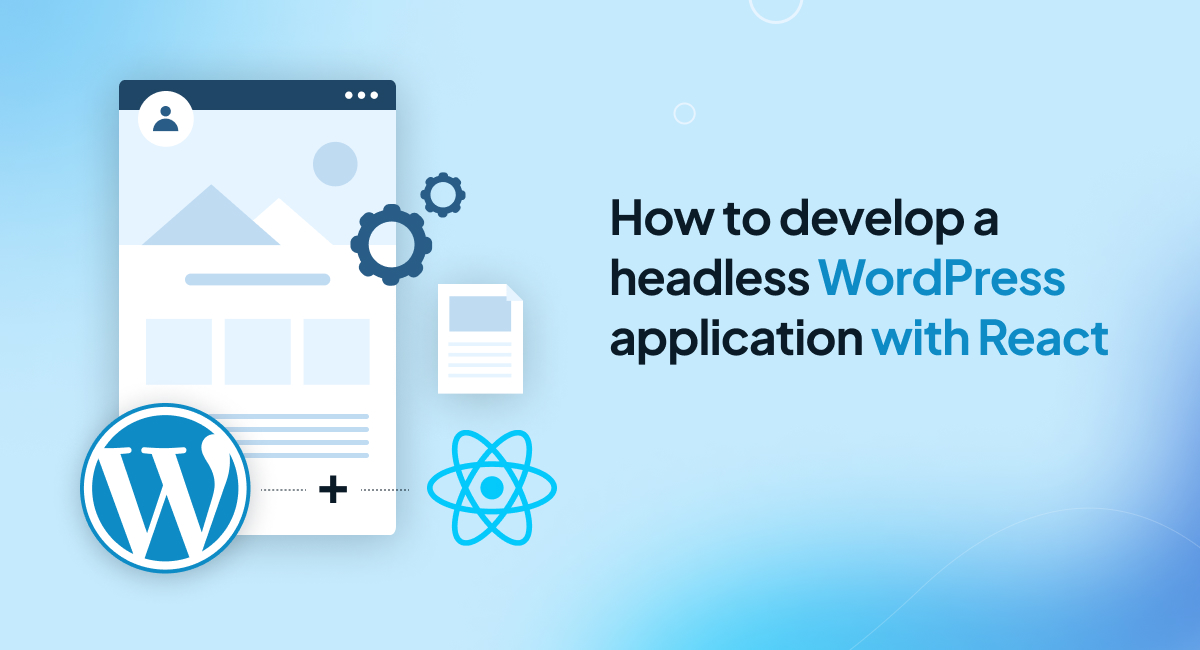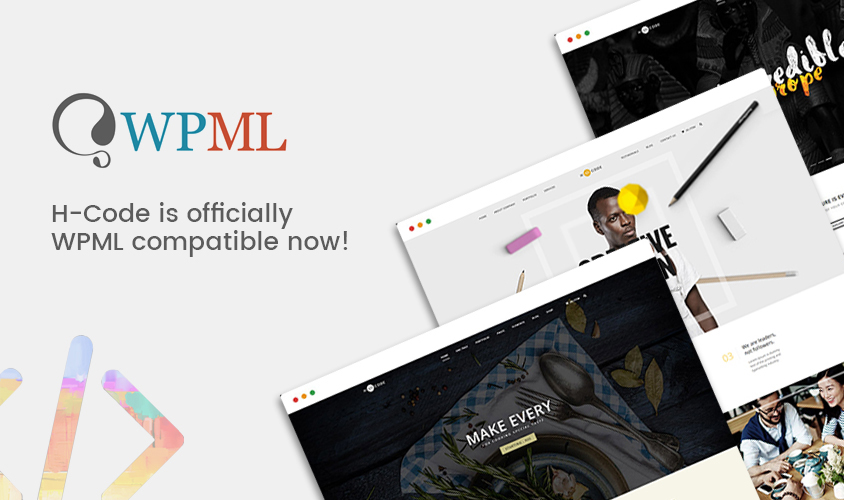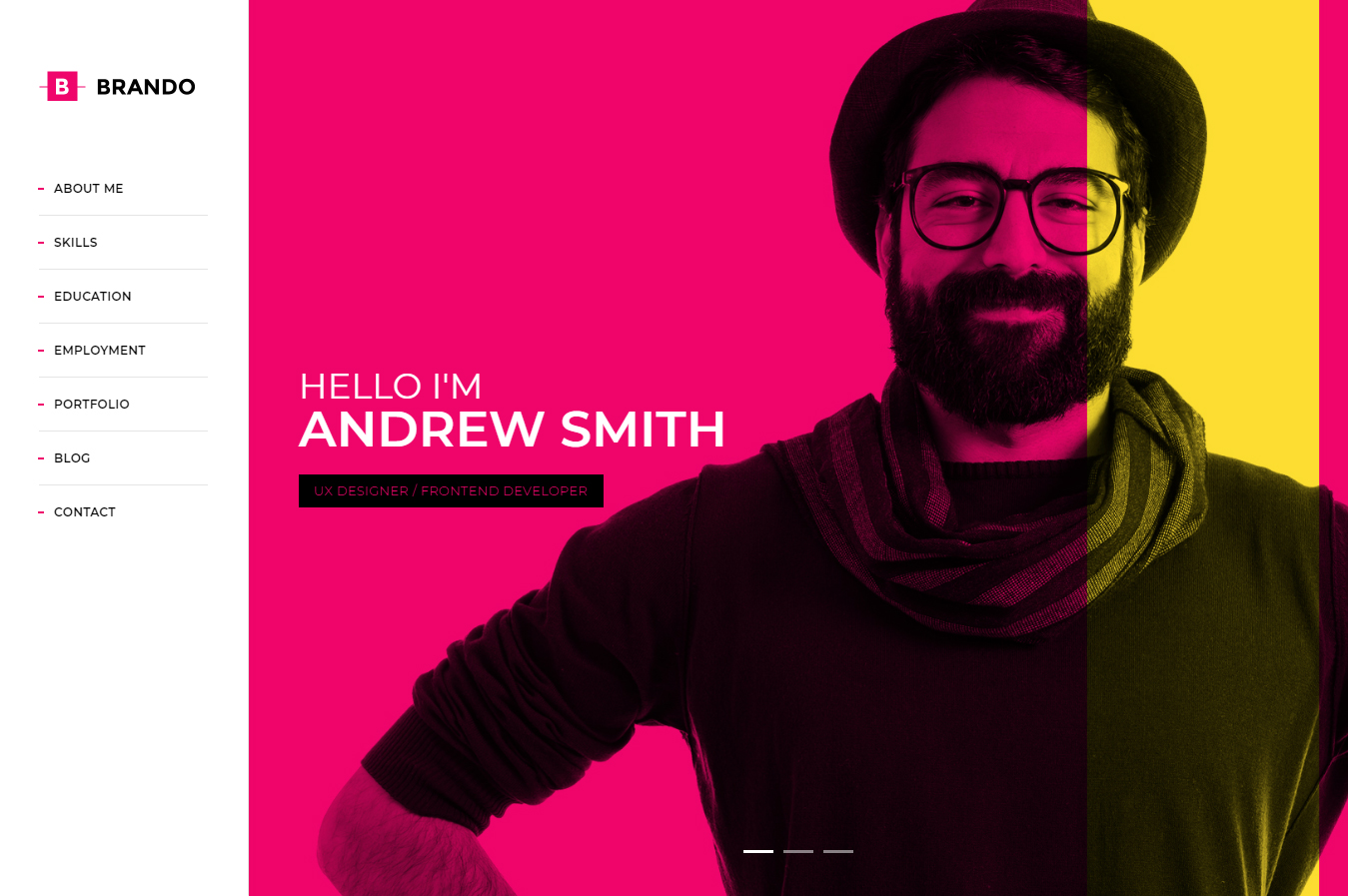Multi-lingual website and eCommerce store is a must to have need for many of website
WordPress boasts the most user-friendly interface and a robust ecosystem of plugins. Because of this, both non-technical and technical people frequently choose to construct feature-rich websites. Even though it is a well-liked CMS, developers do not particularly adore it.
WordPress was created as a monolithic platform with a closely integrated front and back end, which is the cause. Additionally, it prohibits releasing information across several channels. And because of this, WordPress is difficult for developers to use when creating custom web app solutions without being constrained by its theme-based architecture.
Decoupling the front end from the back end of WordPress, however, will help you avoid this problem. Different potentials for development are unlocked by the idea of decoupling or headless CMS. It creates a new door for businesses and developers to use new frameworks, tech stacks, & delivery channels for headless WordPress development.
What is WordPress Headless?
A website that uses another technology for its front-end development in addition to WordPress as a CMS is known as a headless WordPress. While the content controlled on the back end would be carried out by WordPress, the content that visitors see would be created by a different technology.
Once more, WordPress’s Rest API enables this. Developer interaction will be possible if interfaces across different technologies use the same JSON language. Fortunately, a lot of modern technologies can grasp the JSON format used by the Rest API. Key-value pairs of the data are kept in JSON format.
In addition to the Rest API, WordPress also supports the GraphQL API. You can build a straightforward web application using React and this Rest API.
Pros of Headless The WordPress CMS
WordPress is an open-source, versatile platform that can be used to build any kind of website. With WordPress acting as the headless CMS, it is possible to create the front end of online applications using web technologies and manage the content with well-known CMSs.
It could come across situations where adding the blog feature to an already-existing web project made using the React or Angular framework is necessary. Instead of developing a fully functional content management system in a local framework, the WordPress CMS maintains the content by utilizing the Rest API. Here are a few advantages to consider:
- Simple, light redesigns
Because WordPress is a headless CMS, a website can be created quickly and with minimal effort. The user experience and front-end aesthetics of the website were unaffected, and it comfortably remodelled several of the components.
- Extremely Fast Performance
When combined with the latest integrated and developing technology, it provides amazingly quick performance and dependability for producing websites.
- Distribute the content via several platforms
It enables users to watch their original material on devices like computers, laptops, and smart devices. The likelihood of your audience growing will rise as website accessibility advances much more quickly.
- Enhanced security
The main element of the online service, data security, is handled by a headless CMS. In those circumstances, it guarantees you give outstanding security because the content API is frequently read-only.
- Excellent scalability
The website needs to be flexible enough to change in scope, functionality, and size. A headless CMS ensures that it will only adjust to the demands of change.
Cons of Headless WordPress
Although it has numerous advantages, headless WordPress is not a smart choice for the website. Additionally, there are disadvantages to using a headless CMS. The following list of drawbacks should be considered as the website is being developed:
- Advanced coding knowledge is a requirement
Credentialing is one of the more complex headless WordPress frameworks that require code for integration; to utilize it, you must engage the skills. Working with non-technical people is therefore difficult.
- Obstacles to publishing
Publishing content using a headless CMS is more laborious. There is a discrepancy between what customers see on the front end and what is seen on the back end because the live preview functionality is disabled. Additionally, it limits where and how content is displayed in the finished user interface.
- Loss of access to essential plugins
Although it is less expensive headless WordPress makes front-end technologies accessible. Users are unable to use WordPress’ built-in commenting systems or other features like site search. WP-members, bbPress, and other plugins stop working.
WordPress Site Configuration for ReactJS

WordPress will serve as a data source for the web application’s headless CMS created with React and WordPress. You can either hire a WordPress developer or adhere to the instructions listed below to set up WordPress:
- Download the WP-Rest API plugin zip file from the git repository and add it to the plugin’s directory in WordPress. Once you’ve submitted your file, turn the plugin on.
- In WordPress, select the post name or Custom Structure under Settings > Permalinks.
- As we are working with API calls, you will need to use the Postman extension for Chrome.
- In Postman, modify the URL of your WordPress site by appending/ wp-json/wp/v2/posts.
- The Custom Post Type UI plugin must be downloaded in order to create custom post kinds. The custom post will be shown when WordPress and React are used.
- To begin adding a new post type, install and activate the plugin right away. In the Post Type Slug, enter the name of your unique post.
- Make sure the REST API base slug is set and that the “Show in REST API” checkbox is selected. This step is crucial if you want to use WordPress as a Headless CMS.
- Additionally, you will need to check the boxes next to the data that you want from the Rest API.
- When you save the modifications, the sidebar will be filled with new options. You can now begin adding content to your chosen content type.
- After adding some test data, check the URL in Postman to see if the data is accessible via API. “https://exampe.com/wp-json/wp/v2/contenttype” will be the URL.
To add additional fields to the content type, use the ACF and ACF to RestAPI plugins. You will also need to download the ACF REST API because ACF is not directly compatible with the WordPress Rest API. Add all of the custom fields you want to include in your content type there.
After adding custom fields, click “Publish” to make them visible in the custom post type. That completes the setup of WordPress, and we can now move on to React.
Introduction to React

A JavaScript library called React is used for front-end development. It is entirely open source and is created & maintained by Meta. React is a popular choice for many businesses that hire React developers to create single-page, mobile, and server-rendered applications.
The library follows declarative programming principles. For each state of the application, a view will be created by the developer, and as data changes, it will be updated and rendered using components. With the aid of the React DOM library, the components may be rendered to a specific DOM element and are reusable.
Developers can connect to the state and lifecycle characteristics of functional components using React Hooks. React can also be used without classes thanks to hooks. Another noteworthy feature of DOM is the reconciliation of virtual DOMs, which, when compared to real DOM, saves you a lot of time.
How can connect Headless WordPress and ReactJS?
One of the well-known open-source front-end JavaScript libraries is ReactJS. It is maintained by Meta and has a sizable developer community. Building reliable, quick, and dynamic online applications is made easier by ReactJS. Additionally, merging headless WordPress react will offer you several advantages.
Additionally, once your WordPress is configured, creating a web application using React is not that tough. However, you must install the following on your computer in order to link ReactJS (front-end) and WordPress (back-end).
- ReactJS & NPM
- A text editor
- Version control using Git
To create a web app using ReactJS, set up your environment and then follow the instructions listed below.
Open the command prompt first. Run the code after that to create a project.
Install the Axios package for API calls after that is finished, then launch a text editor and open the folder.
Finally, use the proper command to run the web application. And you will be prepared to create a unique web application.
The most sensible choice is to combine ReactJS with the WordPress back-end (made using the Gutenberg page builder). ReactJS is supported by Gutenberg’s page builder plugin, which makes it easier to create custom web applications with improved user experiences.
Guidelines and recommended practices for using the headless WordPress CMS
Working with the headless WordPress CMS may be thrilling and difficult. The following advice and recommendations will help you get the most out of your headless CMS deployment.
- Select the appropriate technology stack: Choosing the right technology stack is essential when working with WordPress headless CMS. React is a popular and versatile front-end framework that you should think about using.
- Plan your data structure: Carefully plan and design your data structure before beginning work. To make sure your data is organized well, define custom content types, taxonomies, and relationships.
- Use REST or GraphQL APIs: To access content from the headless CMS, WordPress offers REST and GraphQL APIs. Based on the demands of your project, select the suitable API and effortlessly integrate it with your front end.
- Performance optimization: It is vital, just as it is with any CMS. To ensure quick loading speeds and the best user experience, use caching methods, optimize images, and reduce server queries.
- Implement SEO best practices: It’s essential to uphold sound SEO procedures when working with a headless CMS. Make sure to use the right meta tags, structured data, and canonical URLs to increase your website’s exposure in search engines.
- Test widely across devices: A headless CMS distributes your content to a variety of platforms and devices. In order to guarantee a consistent and responsive user experience, thoroughly test your website across a range of screen sizes, browsers, and devices.
- Keep security in mind: Working with any CMS requires that security be given high consideration. Use secure authentication procedures, install security plugins, and update WordPress and plugins frequently to keep your headless CMS safe.
- Make use of the WordPress community: When utilizing a headless CMS, keep in mind the sizable WordPress ecosystem. Utilise well-liked plugins, themes, and community assistance to improve and expand the functionality of your headless CMS.
You may use WordPress headless CMS to build effective websites by following these best practices and recommendations for streamlining your workflow and improving performance.
EndNote
Hopefully, with this post, you get all answers to your queries. And you are now confident with the headless WordPress CMS. Your web app’s performance, security, and speed are all improved by decoupling the front end from the back end.
However, as we have previously discussed, creating a web application using headless WordPress might be challenging. Additionally, it can be challenging to design a web app utilizing a headless CMS on your own if you are not an experienced developer.
In the industry, there are a lot of skilled WordPress developers who can assist you in making your project successful. Additionally, if you need a reliable WordPress development company for your project, get in touch with us.
At LinkSture, we have a professional team of WordPress and ReactJS developers who can create industry-specific custom web app solutions. To use our developers’ services or to learn more about our WordPress web development packages, please contact us for a quote.










